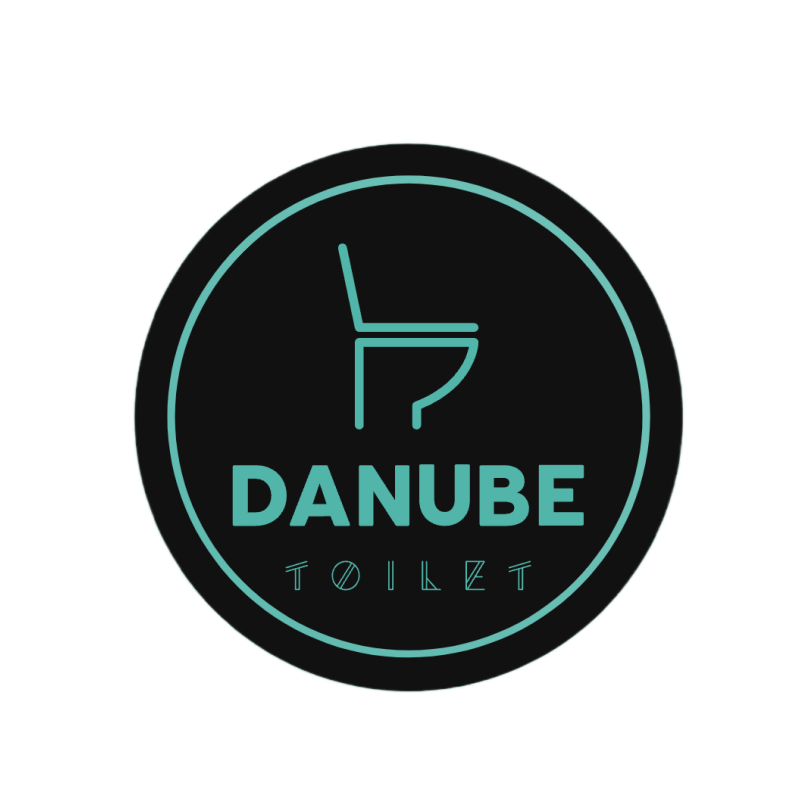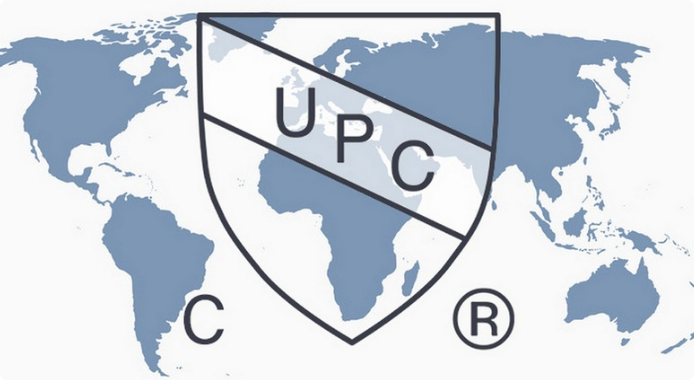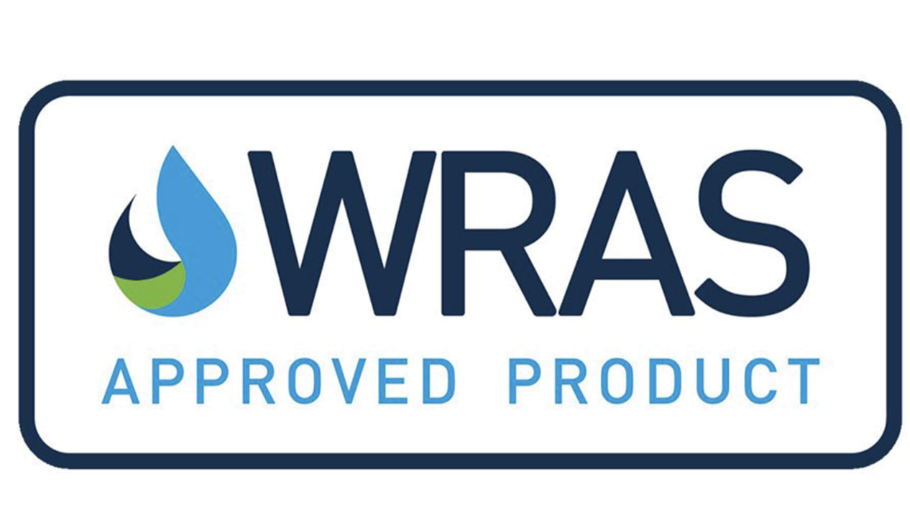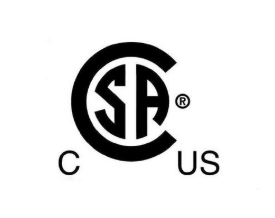In-Depth Analysis and Real-World Cases
As a global buyer in the bathroom construction and hospitality project industry, you know that sourcing bathroom products is more than just ticking boxes — it directly impacts project success and user satisfaction. Ceramic toilets, wash basins, bathroom cabinets, smart toilets, smart mirrors, and other bathroom series come with diverse and demanding requirements, and sourcing these products can be quite challenging.
At Danube, a professional ceramic sanitary ware factory based in China, we have years of experience providing OEM and ODM customization services for clients worldwide. Today, we’d like to share with you the five biggest challenges buyers face in bathroom product sourcing, paired with real cases and practical advice to help you overcome them smoothly.
1. Quality Consistency — The Core Guarantee for Project Stability
The durability and quality of bathroom products directly affect maintenance costs and user satisfaction. Many buyers have encountered these issues:
- Case example: A Middle Eastern hotel group purchased ceramic toilets from different suppliers, only to find some units developing drainage issues and cracks within three months of use, causing frequent guest complaints. Investigation revealed the root causes were inconsistent ceramic material formulas and uneven glaze application.
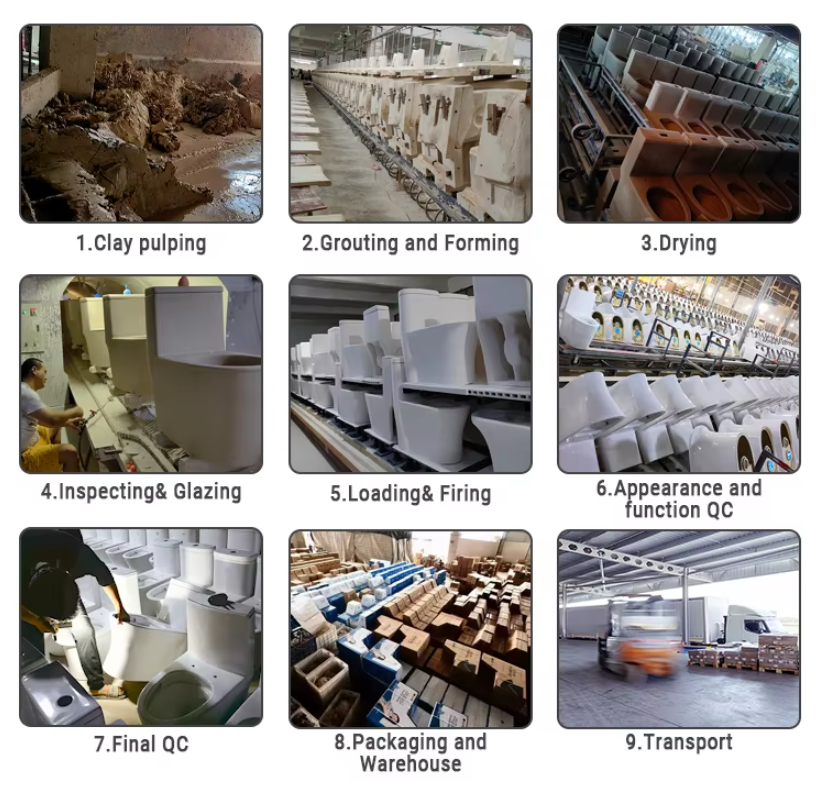
Quality inconsistencies often result from:
- Complex raw material sourcing with batch differences
- Inconsistent production standards and varying skill levels
- Inadequate or missing quality control processes
Practical tips:
- Conduct factory visits to inspect raw material storage, manufacturing workflows, and quality control equipment.
- Request detailed test reports on raw materials and product performance (e.g., crack resistance, glaze hardness, water impermeability).
- Start with small sample orders to verify quality before scaling up.
- Choose experienced suppliers like Danube, known for strict quality control and stable supply.
2. Product Design & Customization — Meeting Unique Project Requirements
With increasingly diverse design trends, standard bathroom products often fail to meet personalized needs, especially for high-end hotels and themed buildings.
- Case example: A luxury European resort requested customized smart toilets featuring eco-friendly materials and unique streamlined designs. The supplier struggled to adjust production lines promptly, resulting in delivery delays that impacted the grand opening.
Common customization challenges include:
- Lack of professional design teams leading to disjointed designs and manufacturing
- Long production cycles and high communication costs
- Limited OEM/ODM flexibility
Practical tips:
- Work with suppliers offering one-stop OEM/ODM services covering design, prototyping, and mass production.
- Use 3D modeling and sample making to quickly confirm designs.
- Allow reasonable lead time for customization to avoid rushed quality issues.
- Sign clear agreements on design approvals and delivery schedules to protect project timelines.
For inspiration on current global bathroom design trends, check out Dezeen’s bathroom interiors section, which showcases styles from luxury hotels to residential spaces.
3. Certification & Compliance — The Gatekeepers to Global Markets
Different countries impose varied certification standards on bathroom products. Buyers must ensure products comply with local regulations:
- Case example: A North American hotel ordered smart toilets lacking UL certification. As a result, customs detained the shipment for three weeks, delaying the project timeline.
Key certifications include:
| Region | Certification | Description |
|---|---|---|
| EU | CE Mark | Safety, health, and environmental standards |
| North America | UPC, CSA | Plumbing and water safety standards |
| UK | WRAS | Water quality approval |
| China | CCC | Compulsory product safety certification |
Practical tips:
- Confirm your supplier holds the necessary certifications and that certificates are valid.
- Plan certification processes in advance to avoid shipment delays.
- Customize products to meet market-specific parameters (e.g., water consumption, size standards).
- For smart products, ensure electronic components comply with EMC and safety standards.
You can find official certification details for different markets through resources like IAPMO’s certification database.
4. Logistics & Delivery Uncertainty — Controlling Supply Chain Risks
Bathroom products are often bulky and fragile, making transportation risky. Shipping delays or damages can cause significant setbacks.
- Case example: A Southeast Asian hotel project ordered 100 bathroom cabinets. Due to inadequate packaging design, damage rates reached 10% during sea transport, leading to replacement orders and installation delays.
Logistics pain points include:
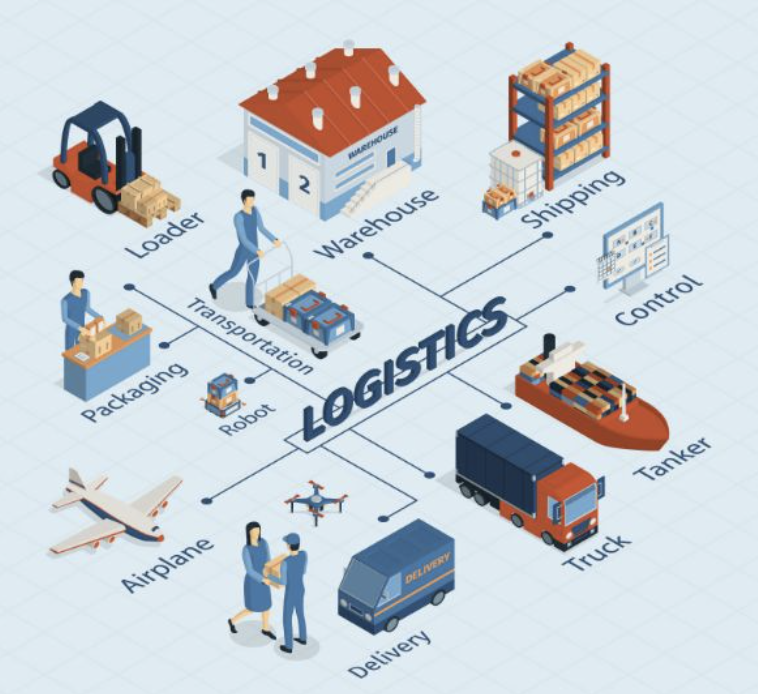
- Insufficient packaging protection against shock and moisture
- Long international shipping times and complex customs clearance
- Unreliable supplier delivery schedules impacting project milestones
Practical tips:
- Require suppliers to use professional reinforced packaging with shock-absorbing foam and waterproof wrapping.
- Partner with logistics providers experienced in cross-border shipments and customs clearance.
- Confirm shipment and arrival dates with suppliers ahead of time, and prepare contingency plans.
- Consider staggered shipments to reduce risk exposure.
For updated information on global shipping schedules and freight rates, refer to Freightos’ international freight guide.
5. Price & Cost Control — Balancing Quality and Budget
High-quality bathroom products often come with a premium price, while low-cost options may risk quality. Buyers need to balance cost with performance.
- Case example: An African hotel chain prioritized low prices and selected a low-cost supplier, only to face frequent product repairs. The resulting maintenance expenses far exceeded the initial savings.
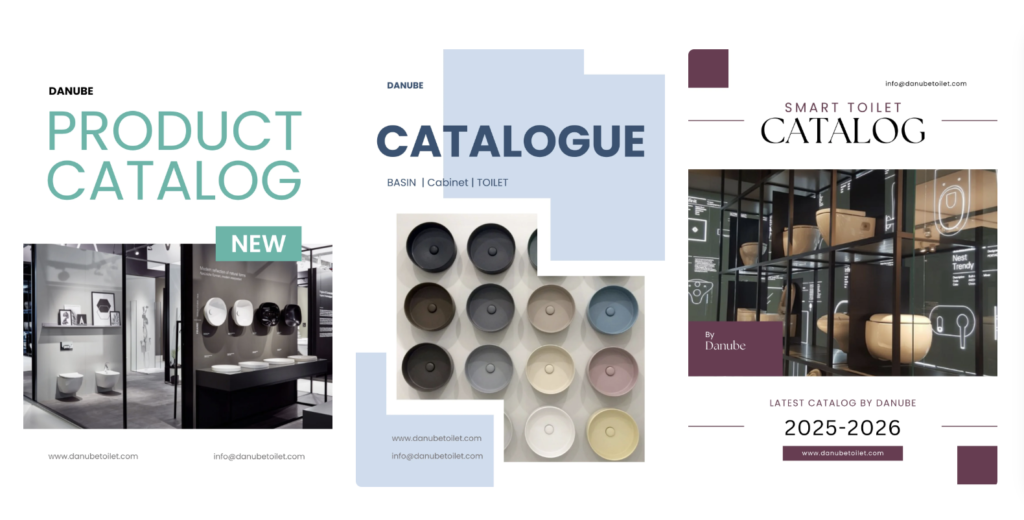
Pricing challenges include:
- Hidden fees such as freight, taxes, installation support not disclosed upfront
- Purchase volume impacts unit price discounts
- Payment terms and credit risks
Practical tips:
- Discuss transparent pricing breakdowns to avoid surprises.
- Plan procurement volumes carefully to leverage bulk discounts.
- Use phased payments to mitigate financial risk.
- Prioritize reputable suppliers with reliable delivery records to avoid costly failures.
Conclusion
Bathroom product sourcing is undoubtedly complex, spanning quality, design, compliance, logistics, and cost control. But with the right partner and thorough preparation, you can minimize risks and deliver high-quality projects efficiently.
Danube offers a mature ceramic sanitary ware production system covering toilets, washbasins, bathroom cabinets, smart toilets, and smart mirrors. We provide flexible OEM and ODM services, strict quality assurance, and global logistics support — all designed to help you navigate sourcing challenges with confidence.
